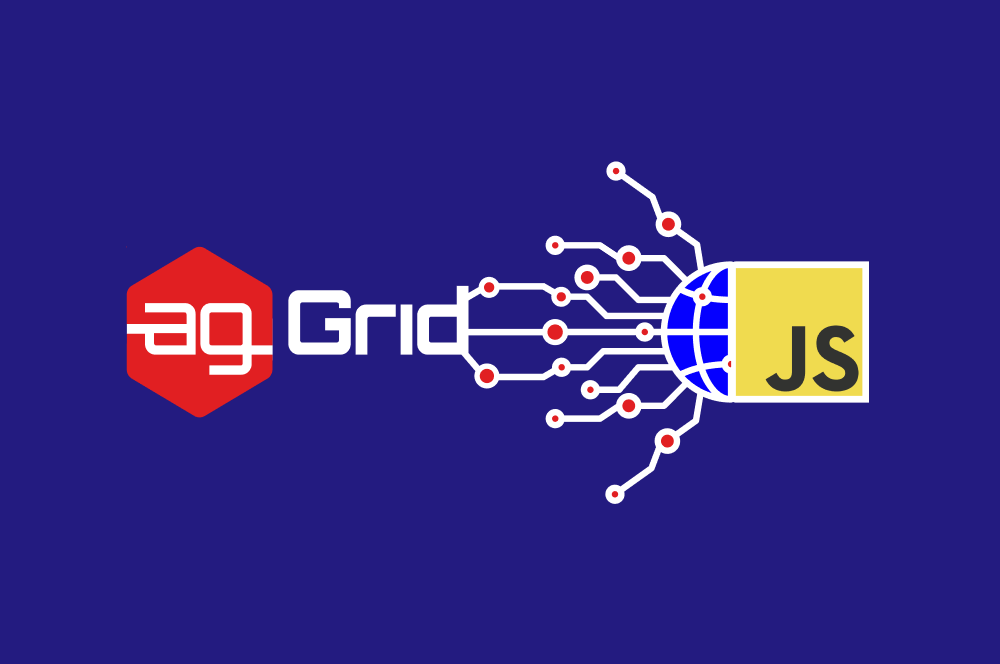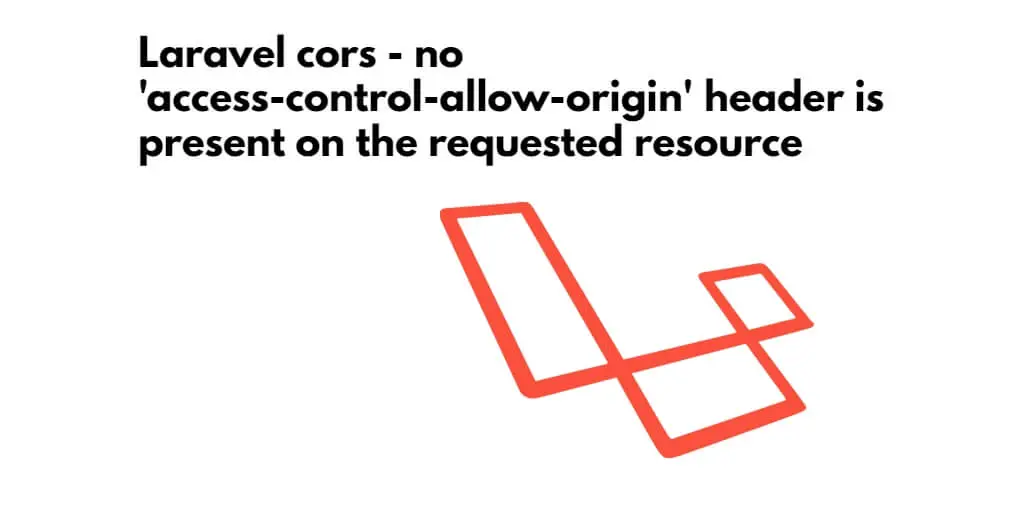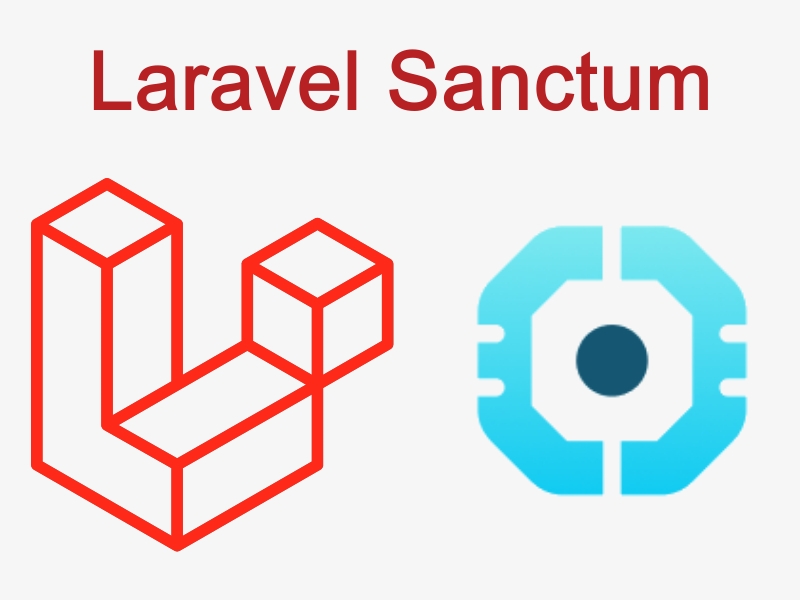If you are a Laravel developer, you might have heard of Laravel Jetstream, a starter kit that provides features like login, registration, email verification, two-factor authentication, and more. But did you know that Jetstream uses another package called Laravel Fortify to handle the backend logic of these features?
Laravel Fortify is a frontend agnostic authentication backend implementation for Laravel. It registers the routes and controllers needed to implement all of Laravel’s authentication features without providing any user interface. This means you can use Fortify with any frontend framework or library of your choice.
Fortify is designed to give you a head start implementing Laravel’s authentication features without being tied to any particular frontend opinions. You can customize the behavior and appearance of your authentication pages as much as you want.
However, if you are new to Laravel or prefer a ready-made user interface for your authentication pages, you might want to check out Laravel Breeze instead. Breeze is another starter kit that provides a simple and minimal user interface built with Tailwind CSS. Breeze publishes its routes and controllers directly into your application so you can easily study and modify them.
Laravel Fortify is a great option for developers who want more control over their frontend while still enjoying the benefits of Laravel’s powerful authentication features. To get started with Fortify, you need to install it via Composer and publish its configuration file. You can find more details on how to do that in the official documentation.
In this blog series, we will explore how to use Fortify with different frontend frameworks and libraries such as Vue.js, React.js, Livewire, Inertia.js, etc. We will also learn how to customize various aspects of Fortify such as user authentication, password reset, email verification, two-factor authentication, etc.
Stay tuned for more posts on Laravel Fortify!



